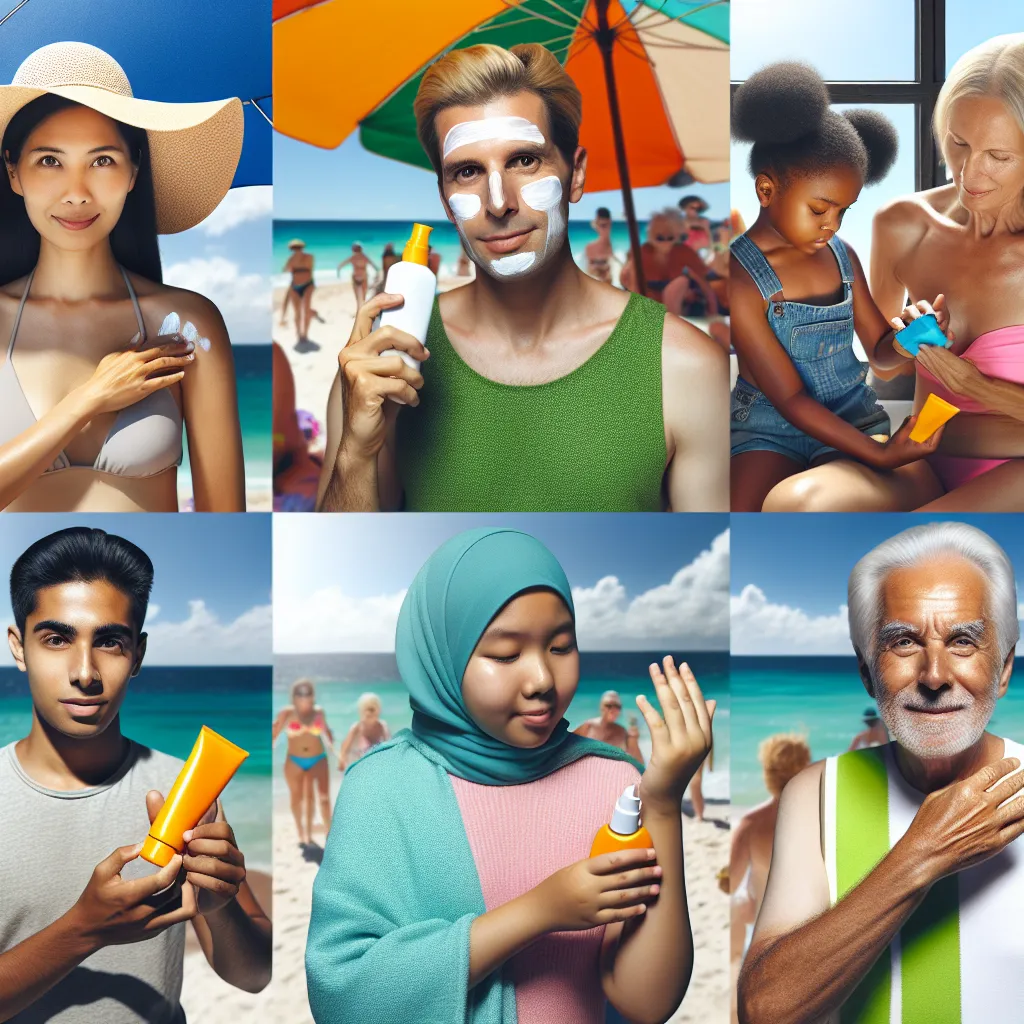
Choosing the Right SPF: Understanding Sunscreen Protection
Importance of SPF in Sunscreen: How to Choose the Right Protection
When it comes to protecting your skin from the sun’s harmful rays, choosing the right SPF (Sun Protection Factor) is crucial. The SPF indicates the level of protection sunscreen offers against UVB rays, which are the primary cause of sunburn and skin cancer. Understanding the importance of SPF in sunscreen and knowing how to choose the right protection can help safeguard your skin from sun damage.
The importance of SPF in sunscreen cannot be overstated, as it directly correlates to the level of protection the product provides. A higher SPF means greater protection against UVB rays. For example, SPF 30 sunscreen allows 1/30th of the UVB rays to reach your skin, while SPF 50 allows 1/50th. It’s important to note that no sunscreen can block 100% of the sun’s rays, so reapplication is crucial, especially after swimming or sweating.
When choosing the right SPF, consider your skin type, the intensity of the sun, and the duration of sun exposure. Fair-skinned individuals and those living in sunny climates may require a higher SPF, such as 50 or above, for optimal protection. Additionally, water-resistant or sweat-resistant sunscreen is ideal for outdoor activities or sports.
In summary, understanding the importance of SPF in sunscreen is essential for protecting your skin from sun damage. By choosing the right SPF based on your skin type and sun exposure, you can minimize the risk of sunburn, premature aging, and skin cancer.
Understanding Sunscreen Labels: Decoding SPF for Effective Sun Protection
Understanding sunscreen labels and decoding SPF can be crucial in ensuring effective sun protection. SPF, which stands for Sun Protection Factor, indicates how well a sunscreen can protect against harmful UVB rays. It’s important to note that SPF primarily measures protection from UVB rays, not UVA rays. When choosing a sunscreen, it’s recommended to opt for a broad-spectrum sunscreen that protects against both UVA and UVB rays.
The SPF number on sunscreen labels represents the level of protection against UVB rays. For example, a sunscreen with SPF 30 allows an individual to stay in the sun 30 times longer than they could without protection before getting sunburned. However, it’s essential to reapply sunscreen every two hours, regardless of the SPF level, and more frequently if swimming or sweating.
It’s also important to understand that higher SPF numbers do not necessarily mean significantly greater protection. While SPF 30 blocks about 97% of UVB rays, SPF 50 blocks about 98%, and SPF 100 blocks about 99%. The key is to apply sunscreen generously and frequently rather than relying solely on a high SPF number.
In conclusion, deciphering sunscreen labels and understanding SPF can greatly contribute to effective sun protection. By opting for a broad-spectrum sunscreen and being mindful of reapplication, individuals can make informed choices to safeguard their skin from the harmful effects of sun exposure.
Key Factors in Selecting the Best SPF for Your Skin Type
When it comes to choosing the right SPF, understanding sunscreen protection and selecting the best SPF for your skin type is crucial for proper sun care. Several key factors should be considered when selecting sunscreen to ensure it effectively protects your skin.
Firstly, it’s essential to determine your skin type and level of sun sensitivity. Individuals with fair skin are generally more prone to sunburn and may require a higher SPF. On the other hand, those with darker skin tones may still need sun protection but can opt for a lower SPF.
Another important factor is the sun’s intensity in your location. If you live in a region with strong sunlight, such as near the equator or at high altitudes, you should choose a higher SPF to provide adequate protection.
Furthermore, it’s crucial to consider the activities you’ll be engaging in while wearing sunscreen. If you plan to swim or sweat, a water-resistant or sport sunscreen with a higher SPF is recommended to ensure longer-lasting protection.
Lastly, it’s important to choose a broad-spectrum sunscreen that protects against both UVA and UVB rays. This provides comprehensive protection against skin cancer, premature aging, and sunburn.
By considering these key factors and selecting the appropriate SPF based on your skin type, sun sensitivity, location, activities, and the broad-spectrum protection, you can effectively safeguard your skin from the damaging effects of the sun.



